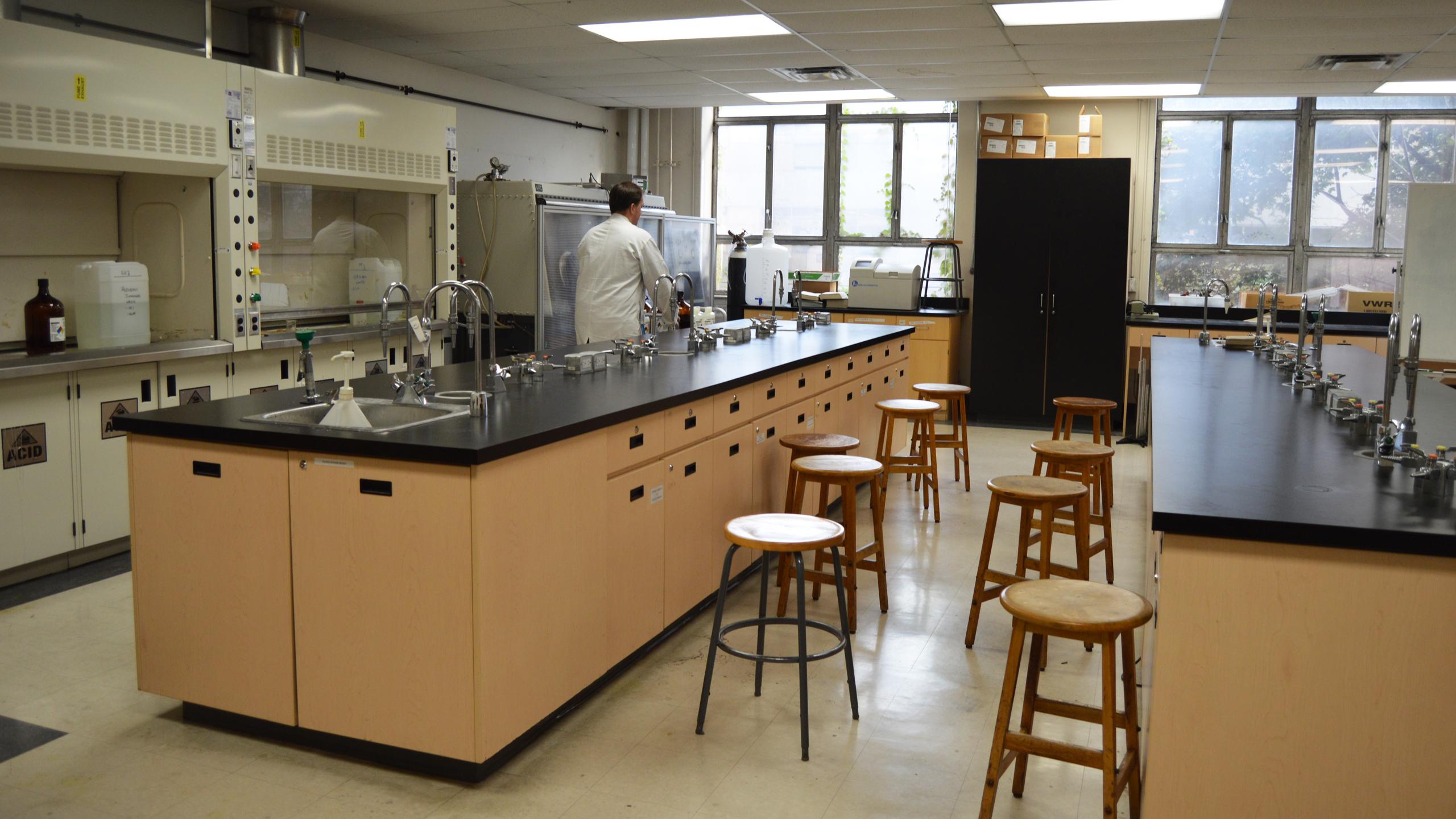By Rochelle Raveendran
Ultrasensitive nanosensors created by Toronto Metropolitan University (TMU) professors could expedite early cancer diagnosis and treatment by detecting tumours during routine blood tests.
Nanosensors are cost-effective devices engineered to identify a specific molecule or biological component, according to a 2021 study in Nanoscale Research Letters.
Engineering professors Bo Tan and Krishnan Venkatakrishnan used the nanosensor and blood samples to detect brain cancer in 60 patients who had a brain tumour with 100 per cent accuracy.
Using only five microlitres of blood–approximately–one-thousandth of a teaspoon–the sensor also identified metastatic tumours, which are cancer cells that have spread from their original site, with 100 per cent accuracy.
Tan and Venkatakrishnan’s research is an example of a liquid biopsy, a non-invasive test that uses blood samples to detect substances in the bloodstream that may be a sign of cancer. Substances that may indicate cancer in the body are known as tumour markers.
Research in liquid biopsies for clinical use has expanded rapidly over the past decade. Mainstream liquid biopsies use blood-processing methods to isolate tumour DNA before analysis. This approach is a complex, time-consuming and costly process, according to a 2015 paper in Clinical Chemistry.
However, Tan said the nanosensor can detect trace amounts of tumour markers directly from blood samples, due to its ultrasensitivity.
Dr. Sunit Das, a neurosurgeon and scientist at St. Michael’s Hospital, described this methodology as a fundamental change to liquid biopsies, as it can be replicated outside of advanced, high-tech labs.
“From an engineering point of view, you want to make an instrument,” Tan said. “It’s not only [about] the sensitivity. It has to be operable, durable and reliable in a clinical environment.”
The professors collaborated with Das on their research through the Institute for Biomedical Engineering, Science and Technology (iBEST), a partnership between TMU and St. Michael’s Hospital.
Tan and Venkatakrishnan, who are married, have been researching nanomaterial fabrication for 20 years. In 2017, Tan said they began looking for practical uses for their work, ultimately landing on cancer diagnosis.
“We wanted to find an application, not just doing research [that] stays in the lab,” she said. “We want to make some difference in the real world.”
Das said the research could have a remarkable impact on improving cancer monitoring.
Cancer patients, typically get an MRI or CT scan every three months. Das described this window as the result of practical and financial limitations on frequent imaging tests.
However, if the nanosensor is incorporated into patients’ weekly bloodwork, doctors could identify recurrences and metastatic tumours much earlier.
“In patients where we see tumour recurrence or progression, it’s not as if that process started the day before their scan,” Das said.
Brain tumour imaging tests are not high resolution and cannot differentiate between benign and malignant tumours, said Srilakshmi Premachandran, a PhD candidate at TMU who worked on the research project as part of her thesis.
To determine if a tumour is cancerous, doctors may then perform a tissue biopsy, removing a sample of cells for testing.
“With your vital organs, sometimes it is not safe to perform a tissue biopsy,” she added. “It is very risky and painful because you’re literally drilling a hole in their skull.”
Drawing blood tests from a patient’s arm eliminates challenges associated with imaging sensitivity and tissue biopsies, she said.
Brain cancer has a low concentration of tumour markers in the bloodstream compared to other cancers, said Swarna Ganesh, a TMU postdoctoral fellow who also worked on the project. This makes it an effective test of the nanosensor’s sensitivity. The sensor identified brain tumour location with a 96 per cent accuracy rate.
“What we thought is: let’s pick the hardest cancer to detect and show that we can do it,” Tan said. “And maybe people will be convinced.”
Ganesh said the nanosensor can detect as little as approximately 10,000 cancer cells, a higher sensitivity than imaging scans. The average human body has roughly 30 trillion cells.
“This could be the future of cancer screening,” she said.
While research into detecting tumours during blood work is promising, labs that are tasked with processing those specimens are already stretched thin.
Ontario labs are struggling with their current testing capacity, let alone potentially sustaining additional tests, said Michelle Hoad, chief executive officer of the Medical Laboratory Professionals’ Association of Ontario.
Hoad said that 70 per cent of Ontario laboratories were understaffed even before the COVID-19 pandemic, which has since prompted a “mass exodus” of medical lab technologists.
The government should invest in increasing the number of medical lab technologist programs in the province to supplement a burnt-out workforce, she said.
“One thing we forget is that [labs are] pretty much the engine of healthcare,” Hoad said. “Everything that runs within our healthcare centres is from a finalised test out of a lab.”
Before the nanosensor can reach a hospital setting, the researchers will test their findings using a larger sample size. Tan said they are testing the sensor on other cancer types, including breast cancer and colorectal cancer.
If a clinical trial is secured, asymptomatic and undiagnosed individuals will also be tested.
Premachandran and Ganesh said that they are continuing to work on the project, with Das planning to do so as well. Das said he is very proud of the collaboration, which allowed him to gain knowledge of clinical medicine to guide research questions.
“There’s a real benefit and opportunity when clinicians and fundamental scientists meet because it opens up opportunities for translation that are really hard to push forward otherwise.”











Leave a Reply